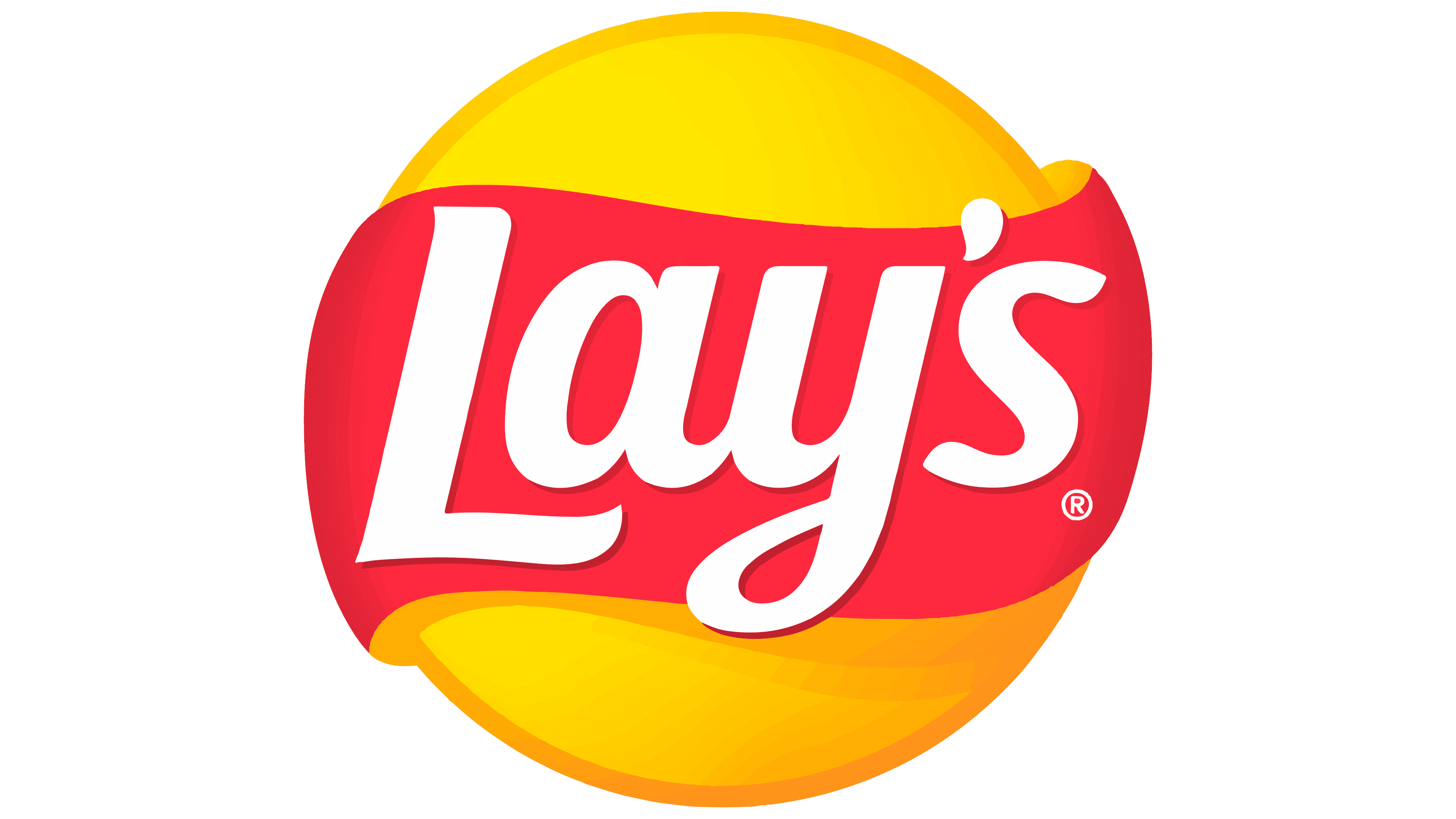Linux was not muscled like that in 1991 - it’s first, barebones kernel was released in September of that year.
I remember installing Linux on a 90MHz 486 in the mid 90s and it barely ran X server with a simple window manager. And if the machine was turned off while Linux was running, you might not be able to boot again.
Linux now, however, is unrecognizeably better.
I remember someone here made a detailed list of how lots of the early linux FOSS stuff was essentially ripoff of unix software lol. I think XFCE was originally a knockoff of CDE or something with XForms. Now it’s the de facto performance DE and the default on Kali.
KDE’s name was a direct rip off of CDE’s name
XFCE’s old panel was a distinct mimic of CDE’s. I liked it…
But now CDE is open source and NsCDE gives you the same look with a highly customised fvwm config if you don’t want to stick to the Motif universe.
I liked OpenSolaris, you could order a free CD from their website and they’d post it, even internationally.
I still have one of those! 😆

Didn’t use it too much, tho. Never installed it on bare metal, only in a VM, and back in those days I was in my distro-hopping phase (I was discovering Arch), so I tested it and quickly forgot about it.
We ran OpenSolaris as our NFS server for several years on ASUS Xeon servers. zfs was a big part of that. Ilumos is still alive and keeping the OpenSolaris world going in a small way.
Thanks for digging it up and sharing the photo! It’s nostalgic seeing this
deleted by creator
they sent us a big box of CDs to the CS department an uni. ran it as a daily driver for a semester.
I barely got an opportunity to try out Solaris/opensolaris (honestly I don’t remember which) before Oracle got involved. It gave me the impression of being a no nonsense, get shit done workstation OS. It was clean, it had enough frill that anyone could sit down in front of it and start working, but it wasn’t showy. I wasn’t a business person doing business things, and I was really just looking around for a good office suite on a stable OS that I could make it through college with. I really liked the “this is where work gets done” feel of it.
While much of the Unix family has died, (especially in the System V family) there is an old one surviving and a few new additions being added.
Solaris is still alive, and from it was forked illumos. Meanwhile BSD has spawned its own family made up of FreeBSD, OpenBSD, NetBSD, and DragonFlyBSD, but also MacOS and Playstation. Other systems that appeared without any prior history like Linux include Redox OS and SerenityOS.
With that being said, the Unix family has noticeably shrunk, and the System V family is very much in danger of going extinct, with only the Solaris branch looking like it will survive the next year. If the System V family goes extinct, it would make the BSD family the only surviving branch descended from the original Unix.
Oh, and Minix still exists.
If you have an Intel based system with AMT, you’re running minix on a 486 and probably don’t know it.
I watch a lot of videos to this day from Bryan Cantrill (Oxide computer) and he’s got some wild stories about the forking of illumos and how difficult it was to essentially “save” Solaris. His company uses their own illumos based distro called heliOS on their oxide computer rack.
Out of all those I only ever used Solaris and the most polite thing I can say is: I have no nostalgia for that time.
I use hpux everyday. Mostly it still runs what it needs to run and the hardware for the most part is a tank so you don’t have to think about it.
When it breaks it’s the most infuriating thing in the world. All the hardware is bespoke and obsolete, old unix is maddening coming from modern Linux, it’s a nightmare but kind of fun at the same time. My only hope that HP will open source it at the end of the year.
They may be dead, but we still have some amazing alternative OS’s that exist that, as far as I’m aware, are still being updated. First thing that came to my mind was AROS ( Amiga Research Operating System that had to change the name to AROS Research Operating System ).
I personally don’t use it since I don’t use Amiga software, but it’s still really cool. Under no circumstances would I recommend it as a daily driver because any software based around Amiga is purely hobby at this point, but it’s still cool to check out.
AIX is not dead yet.

Redox OS is a little baby sprout of grass on the very right
Just wait for Hurd!
Hurd will kick all those little asses, you’ll see, whenever it comes out!
And then GNU will be really independent and superior!
Can just be like a few years now!Edit: I shouldn’t type anymore today …
I don’t think that’s a good fit there, Redox OS is 10 years old and has yet to go stable. In the same timespan in the 90s, Linux managed to carve out a notable portion of server market share. I am not going to Tanenbaum myself and claim it’s never going to go anywhere but as is, Redox is more like the one who didn’t show up because they are still in their moms basement.
2025: Linux
2026: GNU/Hurd
2030: Plan9
but why was mematic used if GIMP was used?
Why are there only five headstones and two characters in the second panel when there are eight operating systems in the first panel?
The ghost doesn’t get a gravestone
Sun.
GNU Hurd is technically alive, just horribly obsolete.
SCO Unix still exists i guess
Probably the format had the watermark already baked in
¯\_(ツ)_/¯
Qnx Unix still technically kicking
Quite popular in automotive and other embedded applications. License and support costs were driving the last company I worked for to explore Linux as an alternative though.
I used to work in the gambling industry and there were some absolutely ancient QNX boxes that ran a dialup modem stack for remote TAB offices
Well there is also macos
Which is BSD with a paint job and kiddy gloves
Is that open source?
well no, but neither are some of the examples in the meme (such as solaris), it’s still UNIX though
Solaris isn’t open source? That’s surprising…
Irix is missing. It was quite cool at the time. (Well, its desktop was).
Actually Solaris is still squirming while the first shovels of dirt are being heaped on.
SCO died by self inflicted gunshot wounds.
Unfortunately, I have a very large client whose core business app runs on SCO still. They’re coming up on year 10 on their migration attempt.
Let me guess. A aged purpose built program used for something like inventory and accounting. Built with something like cobol or pascel. With a set of specific feature set that they are unable to or unwilling to pay for a updated rewrite?
















